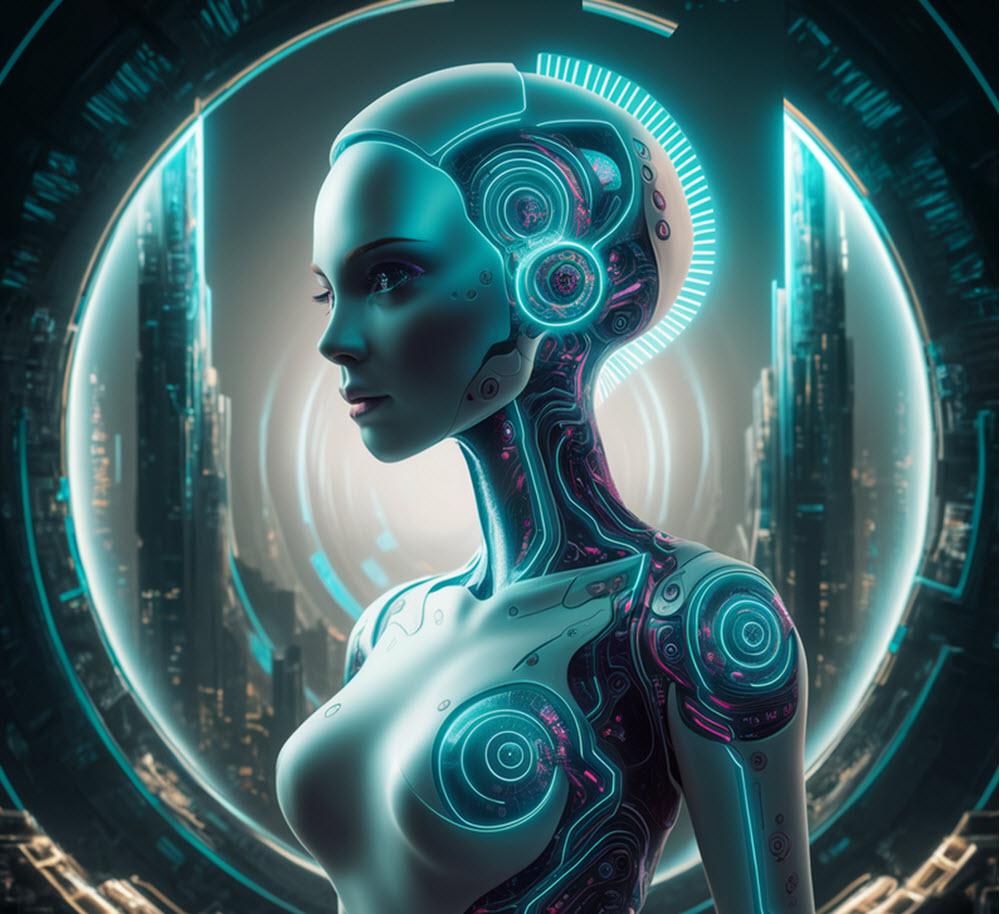Artificial Intelligence (AI) has rapidly become one of the most transformative technologies of the 21st century, offering immense potential in various fields like healthcare, finance, transportation, and more. With increasing demand for AI professionals and an average salary of $120,000 per year in the United States, a career in AI programming is attractive to many seeking a path in technology. This article aims to guide you on your journey to becoming an AI programmer.
Becoming an AI programmer is a rewarding but challenging journey that requires dedication and continuous learning. However, with the right skills, education, and experience, you can embark on a fulfilling career path at the forefront of technology.
Understanding the Basics of AI
Before delving into AI programming, it’s essential to understand what AI encompasses. AI refers to machines or software that can mimic human intelligence and perform tasks such as speech and pattern recognition, problem-solving, and learning.
Becoming an AI programmer requires a firm understanding of certain foundational concepts. Knowledge of mathematics, especially in areas like linear algebra, calculus, and probability, is beneficial. Computer science fundamentals like data structures, algorithms, and computability and complexity are also vital.
Acquiring the Necessary Skills
- Programming Languages: AI programming requires proficiency in programming languages. Python is the most popular language in AI due to its simplicity and versatility. Other useful languages include Java, R, and Lisp.
Python is a high-level, general-purpose programming language created with an empasis och code readability. First released in 1991, it is today one of the most popular programming languages and is especially common in the machine learning community. It comes with a comprehensive standard library and is therefore sometimes referred to as a “batteries included” programming language.
- Machine Learning (ML): A major subset of AI, machine learning, involves training a model using large amounts of data to make predictions or decisions. Familiarity with machine learning algorithms and how to implement them is key.
Machine Learning involves the development and study of statistical algorithms capable of learning from data and generalizing to unseed data, i.e. perform tasks without first receiving very detailed, explicit instructions. Computational statistics is an important source for the methods utilized in this field and the mathematical foundations of machine learning include mathematical optimization methods.
- Neural Networks: These are the backbone of deep learning, a subset of machine learning that creates algorithms, which function like the human brain. Understanding how to design and implement neural networks is crucial.
4. Robotics: Knowing how to program robots to perform tasks autonomously is a valuable skill in the AI industry.
TensorFlow is a free and open-source software library for machine learning and artificial intelligence which can be utilized across a range of tasks. It is especially useful for the training and interference of deep neural networks, and you have probably already come across a lot of services online that rely on TensorFlow. The Google RankBrain (relased in 2015) is backed by TensorFlow, the popular photo sharing app VSCO used TensorFlow to help suggest custom filters for user photos, and TensorFlow is the foundation for the image-captioning software DeepDream. Aslo, when Twitter made the switch from showing tweets in reverse chronological order to ranking them by importance for each user, that change was possible thanks to TensorFlow.
PyTorch is a machine learning library based on the Torch library. PyTorch can be used for applications such as natural language processing (NLP) and computer vision. Examples of deep learning software built on PyTorch are the Tesla AutoPilot, PyTorch Lightning, and Uber´s Pyro. PyTorch was created by MetaAI but is now under the umbrella of the Linux Foundation and you can use it under the modified BSD license. Just like TensorFlow, PyTorch has become a very important machine learning library.
Gaining the Required Education
While there’s no definitive educational path to becoming an AI programmer, most professionals in the field have at least a bachelor’s degree in computer science, mathematics, information technology, or a related field. For more specialized roles, a master’s degree or a doctorate in artificial intelligence or machine learning could be advantageous.
Getting Certified
Certifications can validate your skills and increase your chances of landing an AI programming job. Well-regarded certifications include the IBM AI Engineering Professional Certificate and the TensorFlow Developer Certificate.
Building Experience
Having a portfolio of projects that demonstrate your AI programming skills can significantly increase your employability. Participate in hackathons, open-source projects, or internships to gain practical experience. Online platforms like Kaggle also offer competitions where you can test and showcase your skills.
Staying Up-to-Date
AI is a rapidly evolving field, and staying current with the latest research and techniques is crucial. Regularly read AI research papers, attend AI conferences or webinars, and follow influential AI blogs, sites and creators online.
This article was last updated on: June 6, 2024

